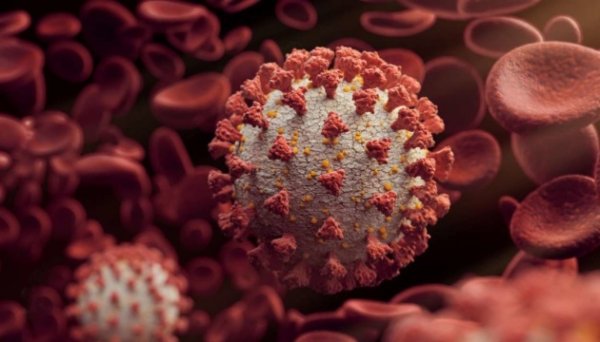The Committee for Monitoring and Forecasting Health Risks (Covars) has published findings on the risks of health emergencies in France over the next five years.
According to this document, the greatest threat to human health is represented by zoonoses, that is, infectious diseases that can be transmitted from animals to humans and vice versa. As Ukrinform reports, BFMTV reports this.
“The exceptional risks with zoonoses are predominantly associated with pandemic respiratory infections, such as zoonotic influenza, in particular H5N1, and the emergence of the new coronavirus,” explains virologist Bruno Lina, co-author of the report.
” After these two pathogens “Arboviruses, which are associated, in particular, with dengue fever and infections caused by the West Nile virus, top our rankings,” he adds.
After consultations with various French and international experts and organizations, the scientific advisory board identified 35 infectious diseases that could affect human health, including those at high risk. They were analyzed according to 16 criteria, covering not only epidemiology, but also medical, psychosocial, economic and ecosystem consequences.
Possible emergence of disease “X” associated with a new pathogen, which is still unknown, is also included in this Class. “Disease X is a disease for which we do not yet know the causative agent of the infection, we may not know the carrier and we do not know what disease it will cause,” explains Lina.
Other risks highlighted at the press conference included bacterial infections that are multi-resistant to antibiotics. In addition to the risks of epidemics and infectious diseases, there are also climate change-related events that are likely to increase further. the risk of the circulation of new diseases, most of which originate from animals.
According to epidemiologists, the increase in the length of the year, which is one of the consequences of global warming, will contribute to the proliferation of infection vectors. For example, the tiger mosquito will be able to reach large populations within a year and therefore potentially pose a greater risk. A decrease in biodiversity will also lead to the spread of epidemic carriers.
As Ukrinform reported, the world is now much more prepared for a potential pandemic of “disease X” than it was with the lies, so we will be able to cope with it. This was stated by WHO representative in Ukraine Jarno Habicht at a briefing at the Ukraine Media Center – Ukrinform.

